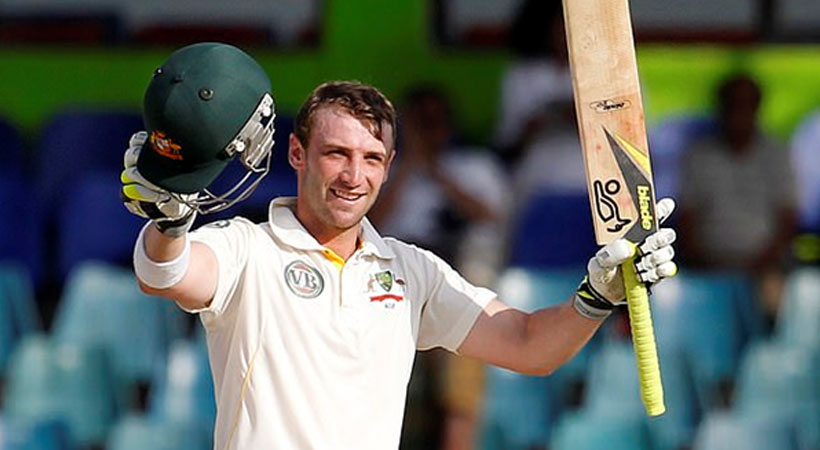The ever-vibrant cricket world became completely silent and stagnant on 25th November 2014, when the tragic death news of Philip Hughes, 25-year-old Australian cricketer arrived. It was a Sheffield match between New South Wales and South Australia when a deadly bouncer from Sean Abbot struck on the side of his dead, below the helmet. He was hospitalised immediately, but never came back to the field again.
Philip Hughes scored a half century in the match and faced the bouncer while batting at 63. He missed that ball as it banged into his helmet. Hughes collapsed on the ground. He sustained a brain haemorrhage and died two days later without regaining consciousness. By then, he had played 25 test matches for Australia and 24 one day internationals. Philip Hughes became the first international player to die of an injury suffered while batting. The outpouring of grief after the death of this Australian cricketer was immense. People in and beyond the cricket world paid homage to this young cricketer whose life met with unexpected closure.The cricket fans in Australia showed their solidarity in mourning by putting their cricket bats on display outside their homes.
The tragic death of Philip Hughes has caused some debates in the cricket world regarding ensuring proper safety measures to the cricketers who go to the field. The need to have improved batting helmets were obviously one of the main concerns. The batsmen were asked to wear highest rated helmet while facing fast or medium bowlers. Moreover, the intimidating and often extremely hurting deliveries from the bowlers were scrutinised. Even though an independent review conducted in 2016 showed that a neck guard would have been unlikely to save Philip Hughes’ life, his tragic death re-emphasised the need for more safety in cricket to avoid such situation. But even now, neck guards are not mandatory despite the fact that the players are advised to wear it while playing. Even while being one of the most enjoyed and celebrated sports events in the world, cricket has its own ‘dangerous zones’ which even have the capacity to take the lives of the players.



















